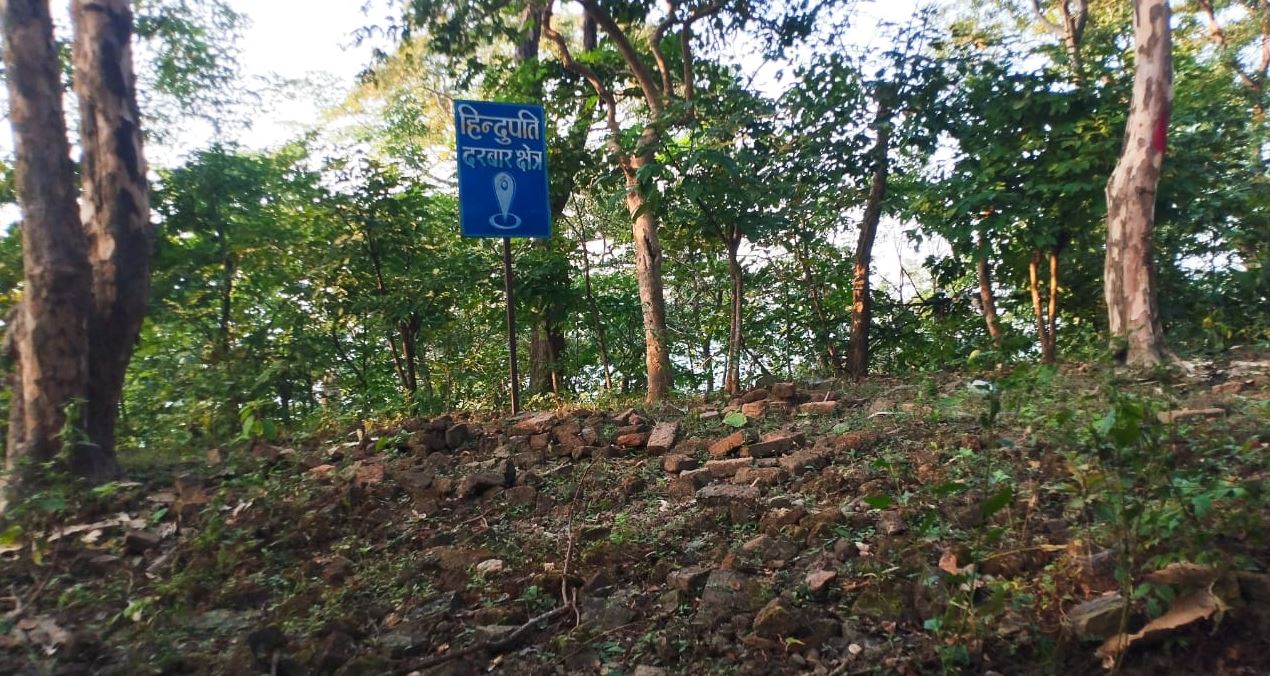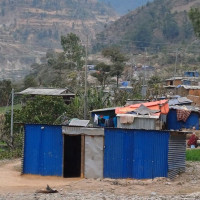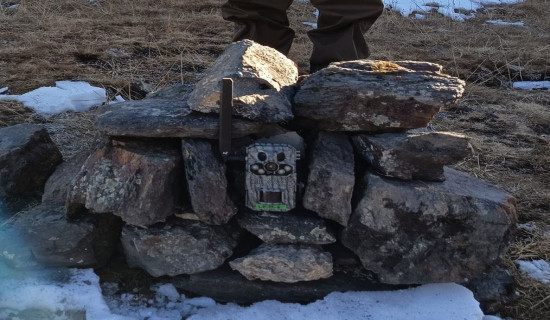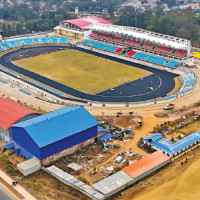- Friday, 28 November 2025
Historical ruins await preservation
By Babu Ram Karki,Barahakshetra, Nov. 28: The historical ruins located in the Chawacha area of Ward No. 1 of Barahakshetra Municipality in Sunsari district have been waiting for preservation.
Due to the lack of interest in preserving the ruins of the palace located in the Jalakanya Community Forest Area of Barahakshetra Ward No. 1, this historical, archaeological and sacred site has remained neglected.
Archaeological objects are reportedly disappearing from the ruins of Hindupati Durbar, where one can reach by walking one kilometre uphill from Chataradham Kshetra.
One local, Yubaraj Bhattarai, said that iron chains used to tie elephants, stone okhal, materials used to make iron weapons, old copper coins, cannonballs, small cannons, and a statue of Shiva once visible to locals have now disappeared in bushes.
Fragments of rubble, brick pieces, stone walls, rest houses, and marker stones used to build thatched houses can still be seen scattered throughout the area.
Locals said that the remains of a building made of stones, bricks and tiles (jigati), along with ruins of bricks, tiles, decorative tiles, and a stone used for shooting arrows in the Jalakanya Community Forest Area, were part of the palace of king Hindupati.
Although there is no documentation on when or during whose reign the palace was built, Bhattarai said that local elders believe it belonged to king Hindupati and his queen, Doshayanti. According to them, despite being attributed to king Hindupati, there is no historical record specifying the period in which it was constructed.
In the local language, the site is known as Rani Khola. The ruins of Lal Kot on Chawacha hill are believed to indicate the presence of a palace from the time of the Sen Dynasty.
Locals have speculated that Lal Kot might have served as an administrative headquarters or treasury. Old coins, pottery, and ancient brick fragments discovered during excavations in the Lal Kot area further support this belief. Brick fragments can still be found today.
The ruins spread over a large area within the forest are known as Hindupati Durbar. A garden can also be seen inside the forest. Locals said the area has turned into a forest because the structures built after the king left the kingdom were never protected.
According to locals, a few years ago, a five-foot-high wall stood there. Now, only parts of a few walls remain. Many structures within the ruins are believed to have been stolen.
Another local, Bhishan Rai, said that people have recently begun visiting Hindupati Durbar to study and observe the site.
“From students to history and archaeology enthusiasts, people come here to study and observe the historical heritage,” he said. He added that the number of visitors, especially on Saturdays, has been increasing.
Locals said that if the neglected ruins are not protected, the historical and archaeological significance of the area will disappear.
Rai said that the government should demarcate the historical and archaeological sites and prepare a master plan for their conservation.















